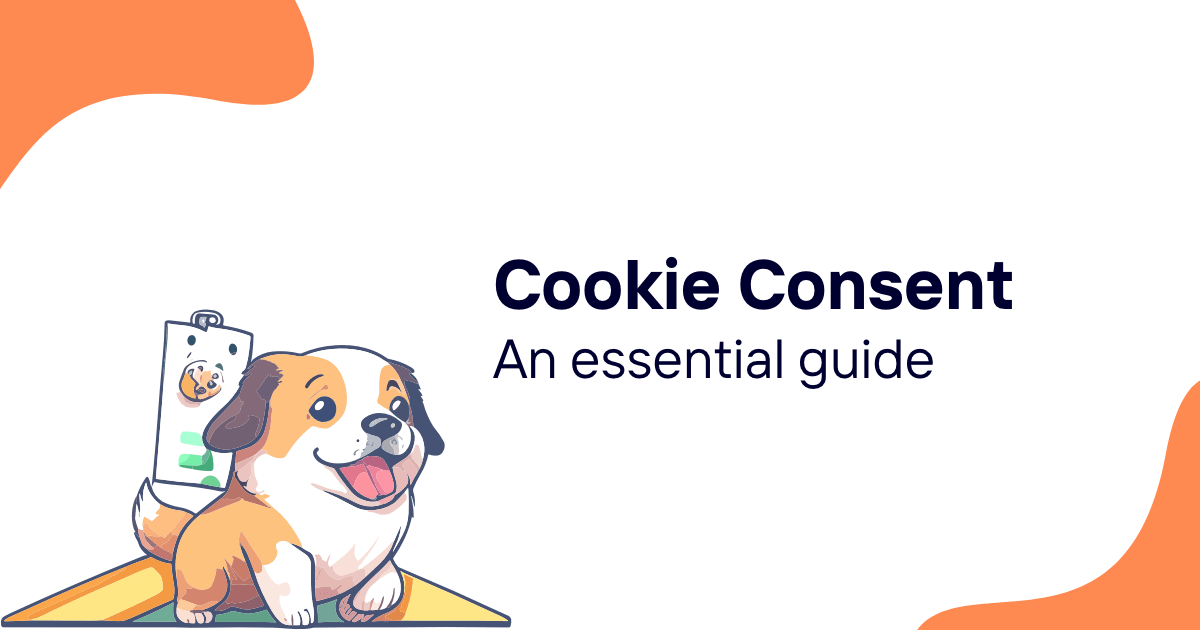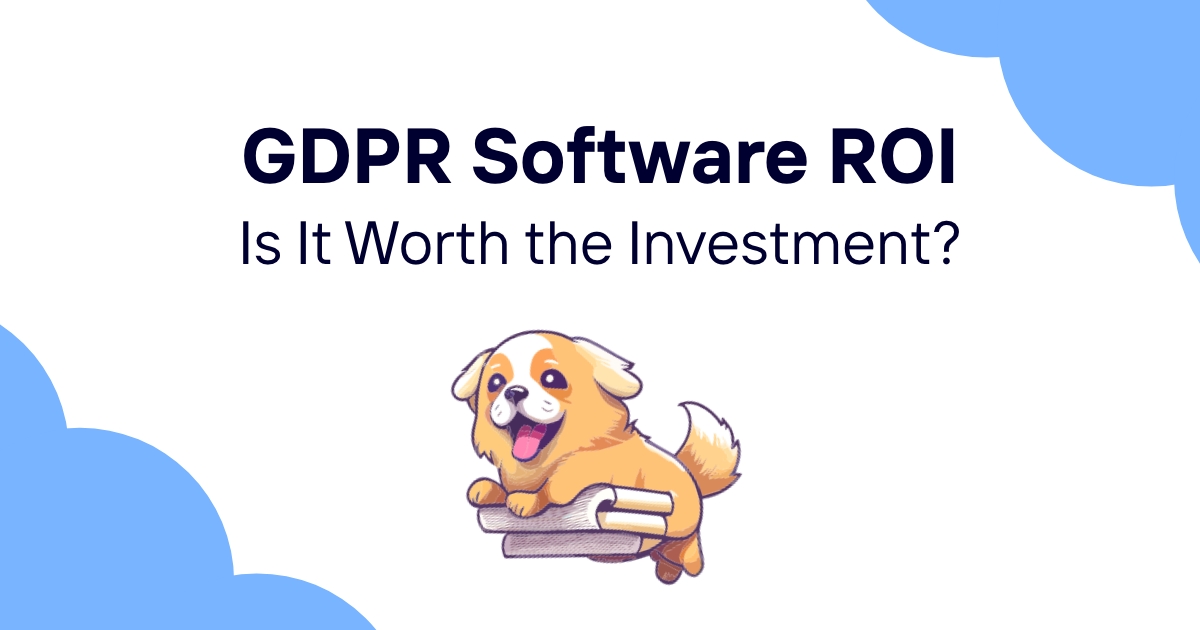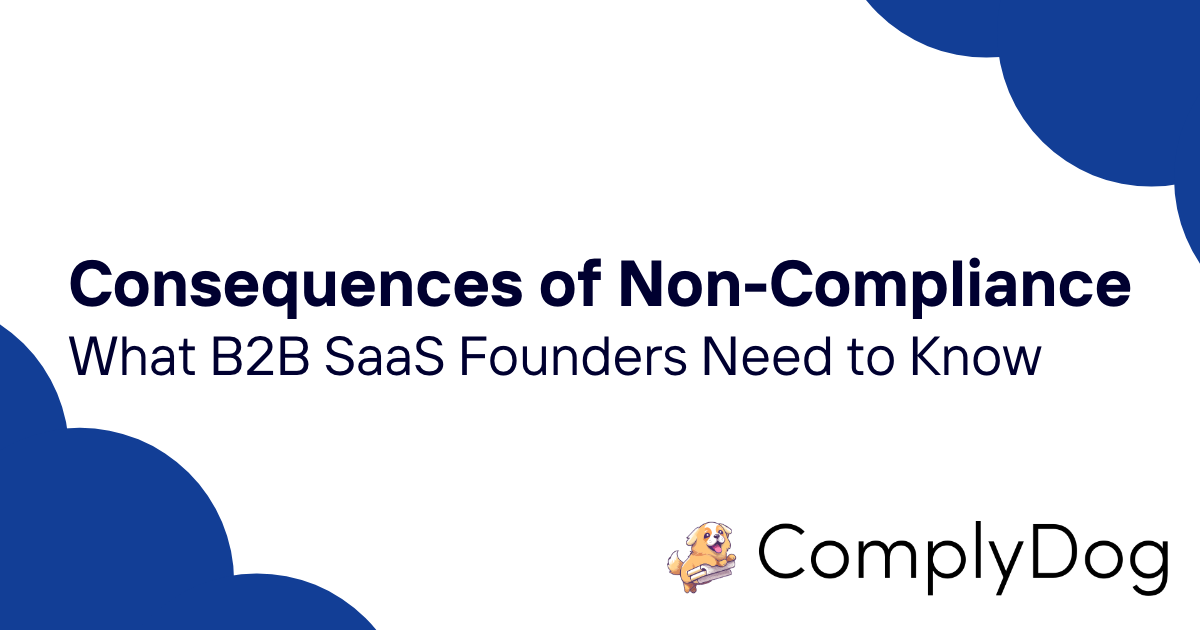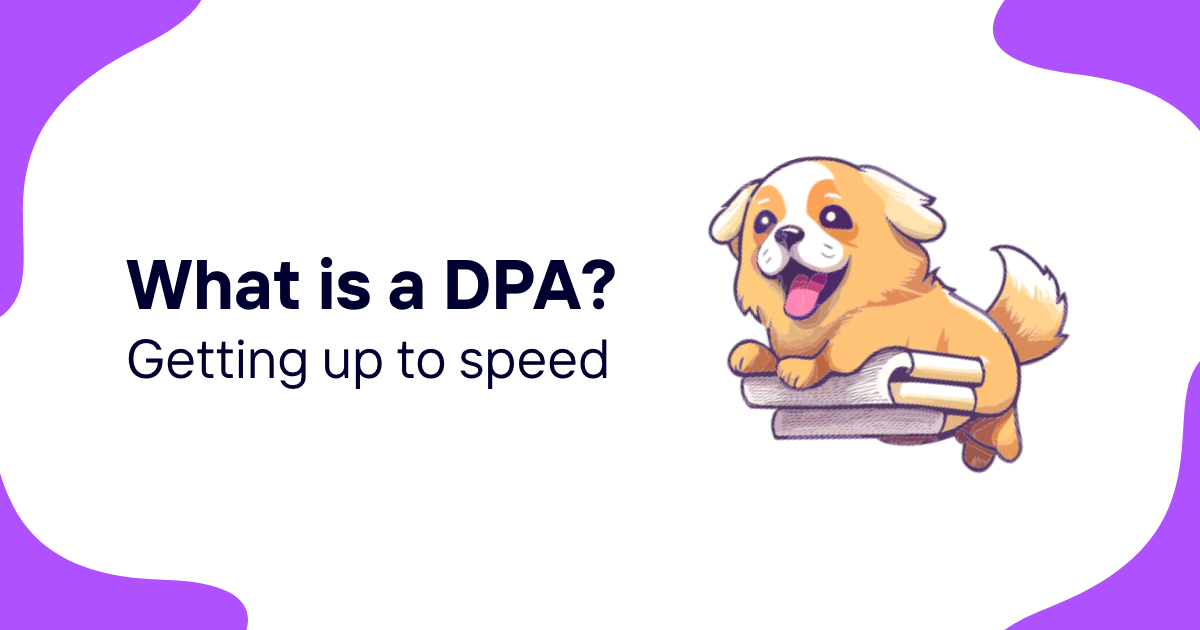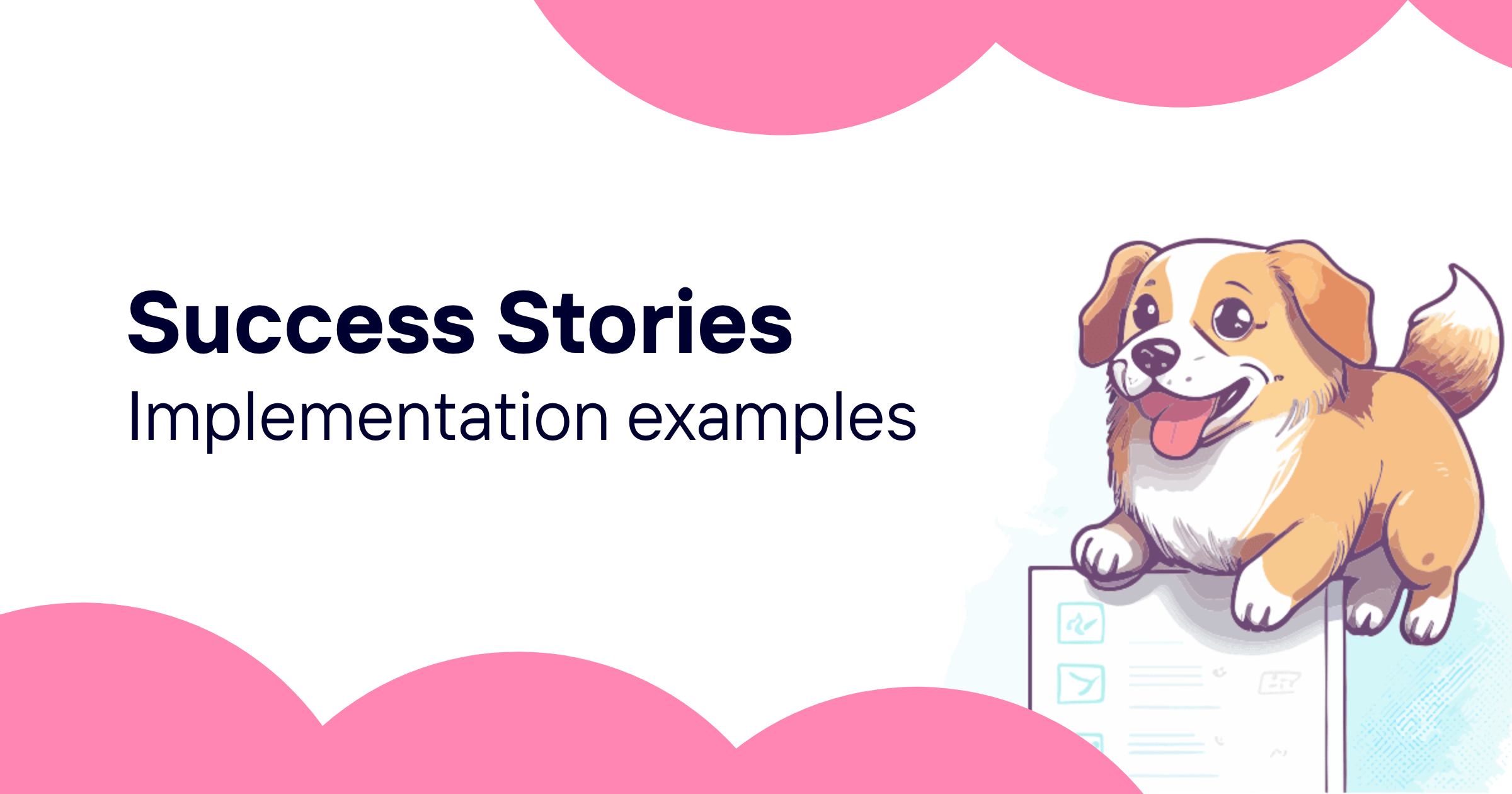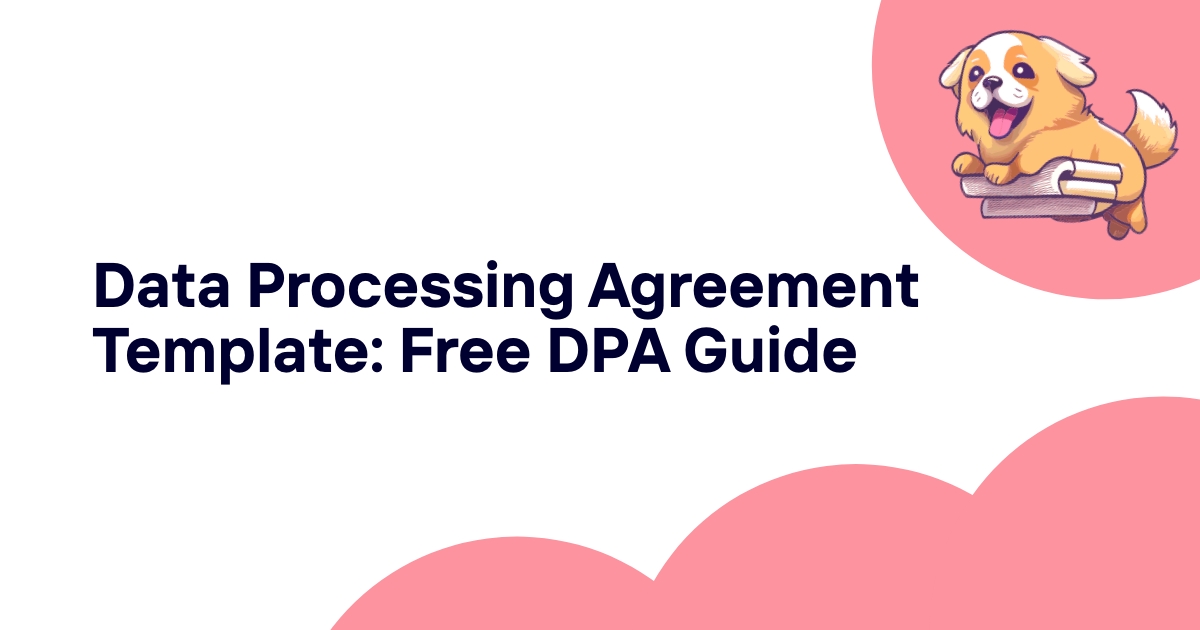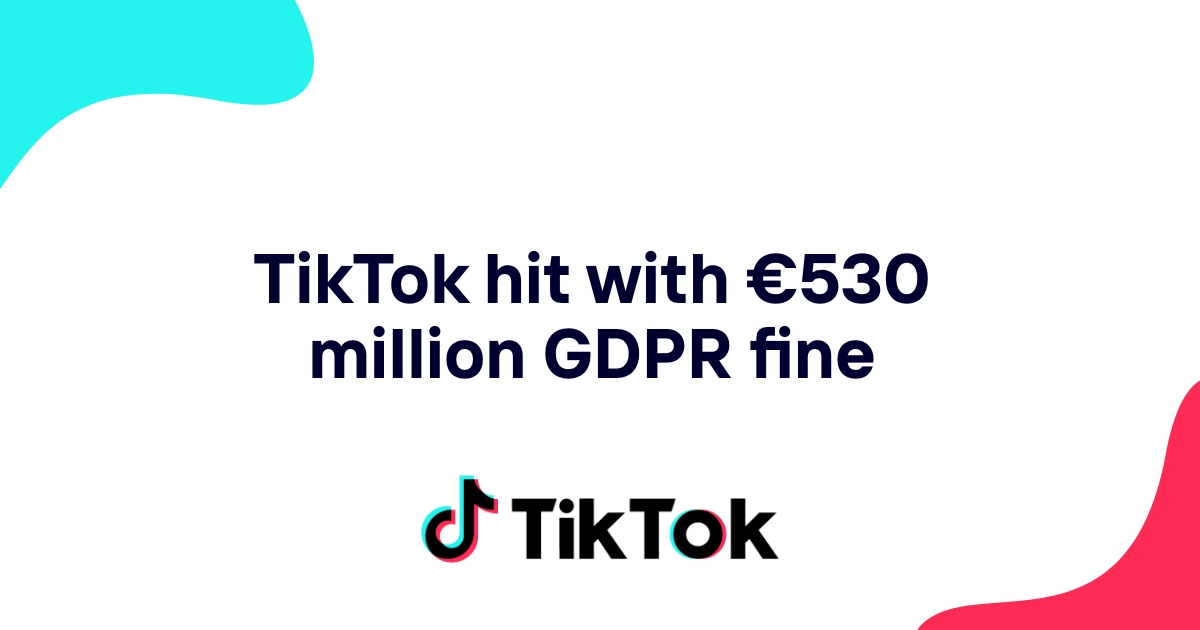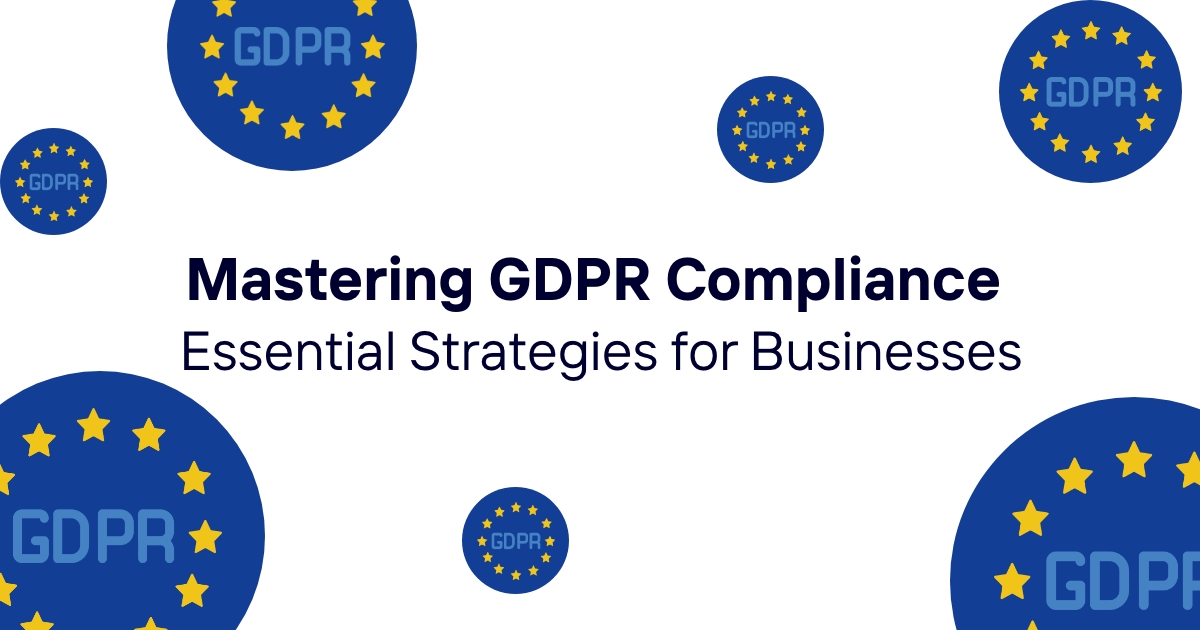Companies that already comply with GDPR often assume CCPA implementation will be straightforward. While GDPR compliance provides a solid foundation, CCPA introduces unique requirements, different definitions, and California-specific obligations that can catch well-prepared companies off guard.
The biggest mistake GDPR-compliant companies make is treating CCPA as a simplified version of European privacy law. CCPA focuses heavily on data sales and commercial use in ways that GDPR doesn't address directly. It defines "personal information" more broadly than GDPR's "personal data," and creates consumer rights that overlap with but don't perfectly match GDPR's data subject rights.
Building dual compliance isn't about running two separate privacy programs - it's about creating unified systems that satisfy both regulations while avoiding unnecessary complexity and operational overhead. The smartest companies find ways to exceed both requirements through single implementations that provide comprehensive privacy protection.
Companies that master dual compliance gain significant competitive advantages. They can serve global markets confidently, win enterprise deals that require comprehensive privacy protection, and build customer trust through demonstrably strong data governance. ComplyDog helps companies navigate multi-jurisdiction compliance by providing centralized platforms that track requirements across different privacy frameworks.
CCPA Requirements for GDPR-Compliant SaaS Companies
GDPR-compliant companies have strong foundations for CCPA compliance, but California's law introduces specific requirements that need additional attention beyond existing European privacy protections.
Key CCPA Additions Beyond GDPR:
- Sale of personal information disclosure - CCPA requires specific disclosures about data sales that GDPR doesn't address directly
- California-specific consumer rights - Right to know, delete, and opt-out create different implementation requirements than GDPR
- Lookback periods - CCPA's 12-month lookback for data collection and sales differs from GDPR's ongoing obligations
- Revenue thresholds - CCPA applies to businesses meeting specific revenue criteria that don gdpr doesn't include
- Household-level privacy - CCPA recognizes household privacy concepts not present in GDPR
Understanding these differences helps GDPR-compliant companies identify where their existing systems need enhancement rather than complete rebuilding.
Personal Information vs Personal Data Scope:
CCPA defines "personal information" more broadly than GDPR's "personal data." CCPA includes information that "identifies, relates to, describes, is reasonably capable of being associated with, or could reasonably be linked" to California consumers.
This broader definition means some data processing that doesn't require GDPR compliance might still need CCPA protection. Device identifiers, IP addresses, and inferred characteristics receive explicit protection under CCPA even when they might not qualify as personal data under GDPR.
Business vs Commercial Purpose Distinctions:
CCPA distinguishes between business purposes and commercial purposes in ways that affect data processing obligations. Business purposes receive broader permission for data use, while commercial purposes face more restrictions.
Review your GDPR legal basis analysis to understand how processing purposes map to CCPA's business and commercial purpose categories. Some legitimate interests processing under GDPR might need different justification under CCPA.
Service Provider vs Third Party Definitions:
CCPA's service provider definition creates specific obligations that don't perfectly align with GDPR's data processor category. Service providers have more restrictions on data use than GDPR processors, particularly around retention and secondary use.
Audit your vendor relationships to ensure service provider agreements meet CCPA requirements for data use restrictions, even if your GDPR data processing agreements cover the technical security requirements.
For insights on implementing compliance across different regulatory frameworks, check out our SaaS customer data compliance guide which addresses similar multi-requirement challenges.
Dual Compliance Implementation Strategy
Building efficient dual compliance requires strategic thinking about where GDPR and CCPA requirements align versus where they require jurisdiction-specific implementations.
Unified Privacy Infrastructure:
Design privacy systems that can handle both GDPR and CCPA requirements through single implementations that exceed both regulatory minimums. This approach reduces complexity while providing comprehensive protection.
Consent management systems should support both GDPR's granular consent requirements and CCPA's opt-out mechanisms. Data mapping should track both GDPR legal basis and CCPA business/commercial purpose categories.
Jurisdiction Detection and Routing:
Implement reliable systems for detecting user jurisdiction and applying appropriate privacy requirements. California residents should receive CCPA protections, while EU residents get GDPR rights, with overlap protection for users who qualify for both.
Consider conservative approaches that provide the highest applicable protection rather than trying to minimize compliance scope. Providing CCPA-level protection to all US users, for example, simplifies implementation while exceeding legal requirements.
Compliance Documentation Coordination:
Maintain privacy documentation that addresses both frameworks efficiently rather than creating separate GDPR and CCPA policies that might contradict each other or create customer confusion.
Develop master documentation that covers both requirements with jurisdiction-specific sections for unique obligations. This approach ensures consistency while providing clear guidance for different user groups.
Staff Training for Dual Compliance:
Train privacy teams on both frameworks with emphasis on where requirements differ and how to handle cross-jurisdictional scenarios. Staff need to understand when GDPR approaches satisfy CCPA requirements and when additional measures are needed.
Create decision trees and quick reference guides that help staff apply appropriate requirements based on user location, data type, and processing purpose without requiring detailed legal analysis for routine decisions.
CCPA-Specific Requirements Beyond GDPR
Several CCPA requirements have no direct GDPR equivalent, requiring additional implementation effort for companies that assumed GDPR compliance would cover California obligations.
Sale of Personal Information Management:
CCPA's focus on data sales requires specific disclosures, opt-out mechanisms, and record-keeping that GDPR doesn't directly address. Even companies that don't sell data in traditional senses might engage in CCPA-defined sales through advertising, analytics, or data sharing arrangements.
Audit all data sharing arrangements to identify activities that might constitute CCPA sales. Advertising pixel sharing, analytics data provision, and marketing platform integration often qualify as sales under CCPA's broad definition.
Do Not Sell Opt-Out Implementation:
CCPA requires prominent "Do Not Sell My Personal Information" links that let California consumers opt out of data sales. This requirement exists regardless of GDPR consent status and needs separate implementation.
Design opt-out systems that can handle CCPA's sale definitions while maintaining GDPR consent management. A user might consent to data processing under GDPR while opting out of sales under CCPA.
California Consumer Rights Processing:
CCPA consumer rights overlap with GDPR data subject rights but have different scope, timelines, and implementation requirements. Right to know requests require specific disclosures about data categories, sources, and business purposes.
Build consumer rights systems that can provide CCPA-specific responses while leveraging GDPR data subject access infrastructure. The information requirements differ enough to need separate response templates and processes.
Household Privacy Protections:
CCPA recognizes household-level privacy that doesn't exist in GDPR. Businesses must treat household members' opt-out decisions as applying to shared devices and accounts in certain circumstances.
Implement household privacy logic that can identify and respect household-level privacy decisions while maintaining individual user account management for other purposes.
Consumer Rights Management Across Jurisdictions
Managing consumer rights across GDPR and CCPA requires understanding how similar rights have different implementation requirements and how to handle users who qualify for protection under both frameworks.
Right to Know vs Right of Access:
CCPA's right to know requires different information than GDPR's right of access. California consumers get categories of personal information, business purposes, and sources, while GDPR subjects get copies of actual personal data.
Design access systems that can provide both CCPA category-level disclosures and GDPR individual data copies. Some users might qualify for both types of access and expect comprehensive responses.
Deletion Rights Coordination:
Both GDPR and CCPA provide deletion rights, but with different exceptions and implementation requirements. GDPR's right to erasure has specific grounds and balancing tests, while CCPA deletion has business purpose exceptions.
Implement deletion systems that satisfy both frameworks' requirements while maintaining business operations. When deletion exceptions apply under one framework but not the other, provide clear explanations about different treatment.
Opt-Out vs Objection Rights:
CCPA opt-out rights for sales don't perfectly align with GDPR objection rights for direct marketing or legitimate interests processing. Users might need different mechanisms for different types of processing objections.
Create opt-out systems that handle both CCPA sales opt-outs and GDPR processing objections through coordinated but distinct mechanisms that respect the different legal frameworks.
Response Timeline Management:
CCPA generally requires responses within 45 days (extendable to 90), while GDPR requires responses within one month (extendable to three months). Coordinate response timelines to meet both requirements efficiently.
Design workflow systems that track applicable timelines based on user jurisdiction and request type while maintaining efficient processing that meets both frameworks' requirements.
Dual Privacy Policy Requirements
Privacy policies for dual compliance must address both GDPR transparency requirements and CCPA disclosure obligations while remaining comprehensible to users who might be protected under both frameworks.
Comprehensive Disclosure Strategy:
Create privacy policies that satisfy both GDPR's detailed transparency requirements and CCPA's specific disclosure obligations about data categories, sources, purposes, and sharing arrangements.
Use layered approaches that provide high-level summaries for general users while offering detailed disclosures for users who want comprehensive information about data practices under both frameworks.
California-Specific Disclosures:
CCPA requires specific disclosures that go beyond GDPR transparency requirements, including detailed information about data sales, business purposes, and consumer rights under California law.
Add CCPA-specific sections to privacy policies that address California requirements while maintaining overall policy coherence. California residents should easily find relevant information without being overwhelmed by irrelevant details.
Rights Description Coordination:
Describe consumer rights in ways that accurately reflect both GDPR and CCPA protections without creating confusion about which rights apply to which users or circumstances.
Use clear jurisdiction-specific language that explains when California, European, or both sets of rights apply to individual users based on their location and relationship with your business.
Contact Information and Mechanisms:
Provide appropriate contact information and request mechanisms that satisfy both frameworks' requirements for user communication and rights exercise.
Ensure contact mechanisms can handle both GDPR data subject requests and CCPA consumer requests efficiently while providing appropriate verification and response procedures for each type of request.
CCPA vs GDPR Data Processing Differences
Understanding key differences in how CCPA and GDPR approach data processing helps companies build systems that satisfy both frameworks without unnecessary complexity or contradictory implementations.
Legal Basis vs Business Purpose Analysis:
GDPR requires specific legal basis for all personal data processing, while CCPA focuses on business versus commercial purposes for data use. These frameworks approach processing justification differently.
Map your GDPR legal basis analysis to CCPA purpose categories to understand where additional justification or restrictions might apply. Some legitimate interests processing might need commercial purpose analysis under CCPA.
Consent Standards Comparison:
GDPR requires explicit consent for many processing activities, while CCPA generally uses opt-out approaches for data sales and sharing. These different consent models need coordinated implementation.
Design consent systems that provide GDPR-compliant opt-in consent where required while supporting CCPA opt-out mechanisms for sales and sharing. Some processing might need both types of consent management.
Data Minimization Approaches:
Both frameworks require data minimization, but through different mechanisms. GDPR requires purpose limitation and data minimization principles, while CCPA limits use based on business versus commercial purposes.
Implement data minimization that satisfies both approaches by limiting collection to specific purposes and restricting use according to both frameworks' requirements.
International Transfer Protections:
GDPR has specific requirements for international transfers that don't apply under CCPA. However, CCPA data might still need protection when transferred internationally by companies subject to both frameworks.
Design international transfer protections that satisfy GDPR requirements while ensuring CCPA-protected data receives appropriate safeguards during international processing.
Efficient Multi-Jurisdiction Compliance Framework
Building efficient compliance that handles multiple privacy frameworks requires strategic architecture that minimizes complexity while providing comprehensive protection.
Compliance Technology Stack:
Implement privacy technology that can handle multiple regulatory frameworks through unified interfaces rather than separate systems for each jurisdiction. This approach reduces operational complexity while ensuring comprehensive coverage.
Choose privacy management platforms that support multiple frameworks natively rather than bolt-on solutions that create integration challenges and operational silos.
Automated Compliance Monitoring:
Develop monitoring systems that track compliance across multiple frameworks and alert management to potential issues before they become violations. Multi-jurisdiction monitoring helps ensure no framework gets overlooked during day-to-day operations.
Implement dashboards that provide unified views of compliance status across different privacy frameworks while allowing drill-down into jurisdiction-specific requirements and metrics.
Vendor Management Coordination:
Coordinate vendor management to ensure service providers and data processors meet requirements across all applicable privacy frameworks. Vendor agreements should address both GDPR and CCPA obligations comprehensively.
Develop vendor assessment frameworks that address multiple privacy requirements efficiently rather than conducting separate evaluations for each regulatory framework.
Training and Awareness Programs:
Create training programs that address multi-jurisdiction compliance holistically rather than teaching each framework in isolation. Staff need to understand how different requirements interact and when to apply specific protections.
Develop practical guidance that helps staff make correct compliance decisions in real-world scenarios where multiple frameworks might apply simultaneously.
Ready to master multi-jurisdiction privacy compliance? Use ComplyDog and build unified compliance programs that satisfy GDPR, CCPA, and other privacy frameworks through efficient, centralized management that reduces complexity while providing comprehensive protection.


